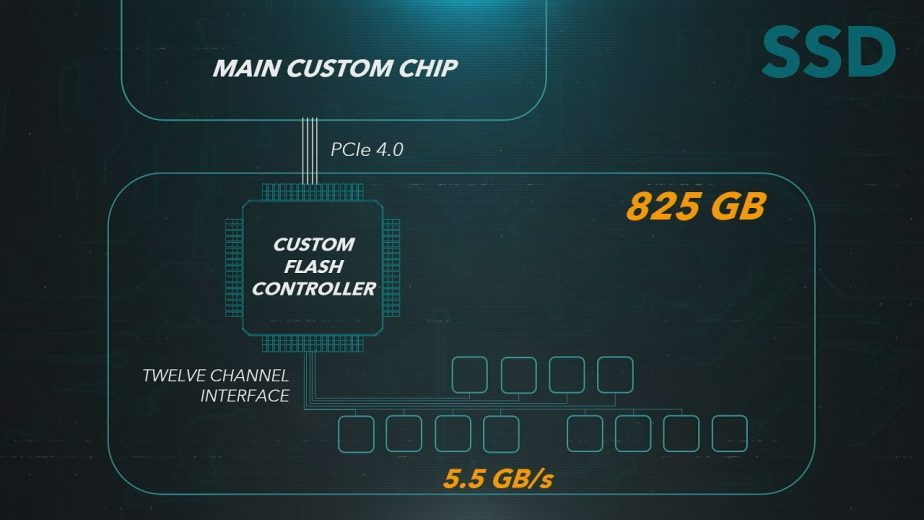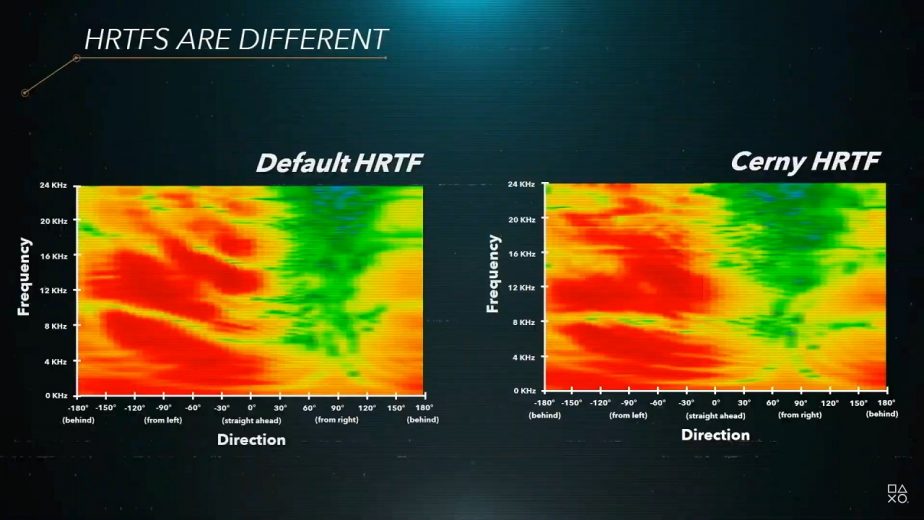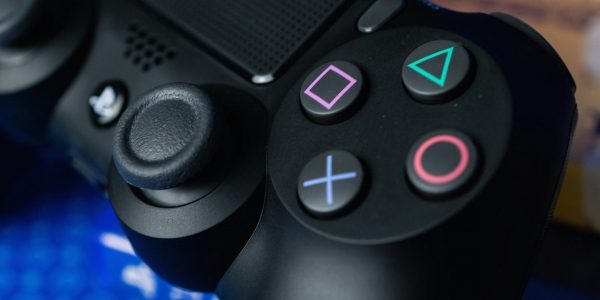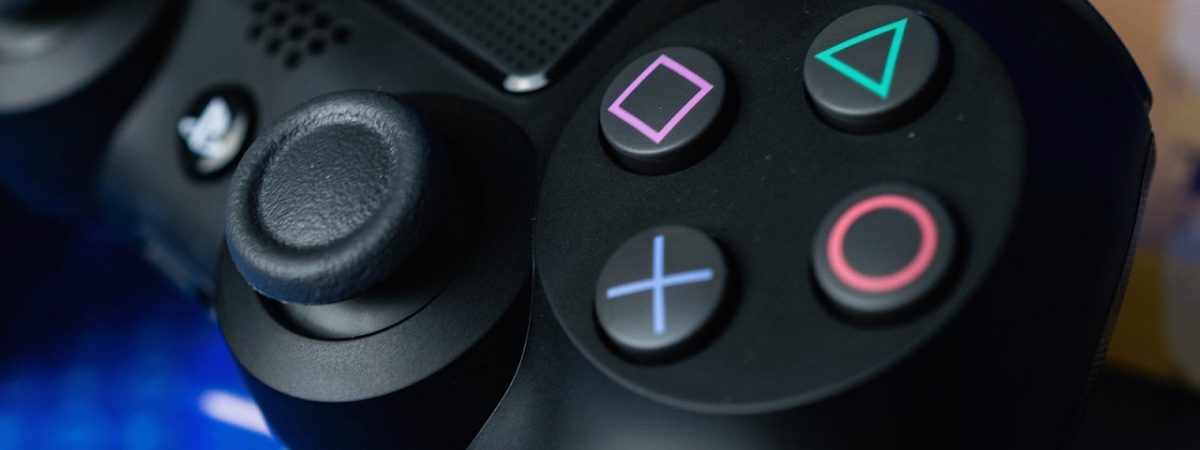Ealier today, Sony finally revealed what many gamers and fans have been clamoring for; details technical specifications for the upcoming PS5. Of course, as today’s release was originally planned for GDC, the annual Game Developers’ Conference (which was cancelled because of the coronavirus), the details were rather technical. However, what’s clear is that the PS5 boasts some major technical steps forward over the last generation of hardware, particularly when it comes to its SSD.
The PS5 Specifications Compared to the PS4
Gamers who don’t have a detailed understanding of computing hardware may not have found today’s PS5 livestream the easiest to follow. After all, the release was originally planned for an audience of game developers, primarily. However, while it will be worth refraining from drawing conclusions until Sony releases clear gameplay footage of the PS5 in action, there were some notable takeaways from today’s details.
First off, we now know that the PS5’s CPU hardware will be delivering around 3.5GHz as a fairly standard speed, although it could run slower from time to time. Compared to the PS4, this is a big step up, as the older console runs at around 1.6 GHz. The console’s memory bandwidth is also more than double that of the PS4 (448GB/s over 176GB/s). When it comes to total performance, the PS5 will be delivering 10.28TF of computing power. However, the console will also feature something called ‘boost,’ which is something very, very new for a gaming console.

Perhaps the part of the PS5 which is actually most important for delivering its next-gen promise is the console’s new SSD. Whereas the PS4’s SSD can load 2GB of data in one second, the PS5’s will be able to handle 16GB; a massive step up over the last generation, and one which is likely to have an enormous impact on triple-A game development. This particularly powerful development is only possible thanks to a lot of custom hardware inside the PS5, as was explained by Mark Cerny in today’s livestream. However, this does potentially run into an issue when it comes to storage.
The PS5 and Expandable Storage Solutions
Although consoles have generally been less powerful than the highest-end gaming PCs, the new PS5 SSD is potentially better than anything else currently available for a PC. However, this means that any games saved on an external hard drive which you plug into a PS5 for extra storage would actually run notably slower. The PS5 SSD can hold up to 825GB; a respectable amount, but also an amount which many gamers are likely to fill. Backwards compatible titles should run fine on external hard drives, but up-to-date PS5 games may struggle.
Unlike Microsoft, who solving this issue with their own proprietary drives, Sony will allow owners to use non-proprietary drives. However, compatibility will mean that options are limited. NVMe drives might well not be compatible with the PS5, for example, at least initially. However, while this may be an issue early in the PS5’s lifespan, commercially available drives should eventually catch up. Indeed, drive manufacturers may also use the PS5 specifications as guidelines to produce compatible drives once the console launches.
How the PS5 is Revolutionising Audio
The other big reveal from today’s livestream was that of the PS5’s audio technology. The PS5’s new Tempest Engine could prove to be one of the biggest leaps forward for gaming audio in years. Certainly, it will be far more of an improvement than the PS4’s own audio system was. The Tempest Engine is an extremely powerful system which allows for incredible 3D audio fidelity with highly accurate positioning. This is down to the HRTF – the Head-related Transfer Function. Essentially, the HRTF can map and simulate sound in relation to a user’s head. More specifically, it will be able to produce sound that is actually tailored to any individual user’s unique hearing!

Mark Cerny explained during today’s livestream that the Tempest Engine alone is practically as powerful as the PS4; “Where we ended up is a unit with roughly the same SIMD power and bandwidth as all eight Jaguar cores in the PS4 combined. If we were to use the same algorithms as PSVR, that’s enough for something like five thousand sound sources – but of course we want to use more complex algorithms, and we don’t need anything like that number of sounds.”
What this means for users is that PS5 owners won’t need high-end audio hardware to enjoy excellent gaming audio. Because the Tempest Engine is designed for surround sound, even a standard pair of headphones will be able to deliver incredible audio. TV speakers which feature virtual surround may also be able to work with the Tempest Engine. Eventually, support for multi-speaker systems will arrive, but probably not at launch. As such, at least initially, headphones will probably be the best audio option for the PS5.




